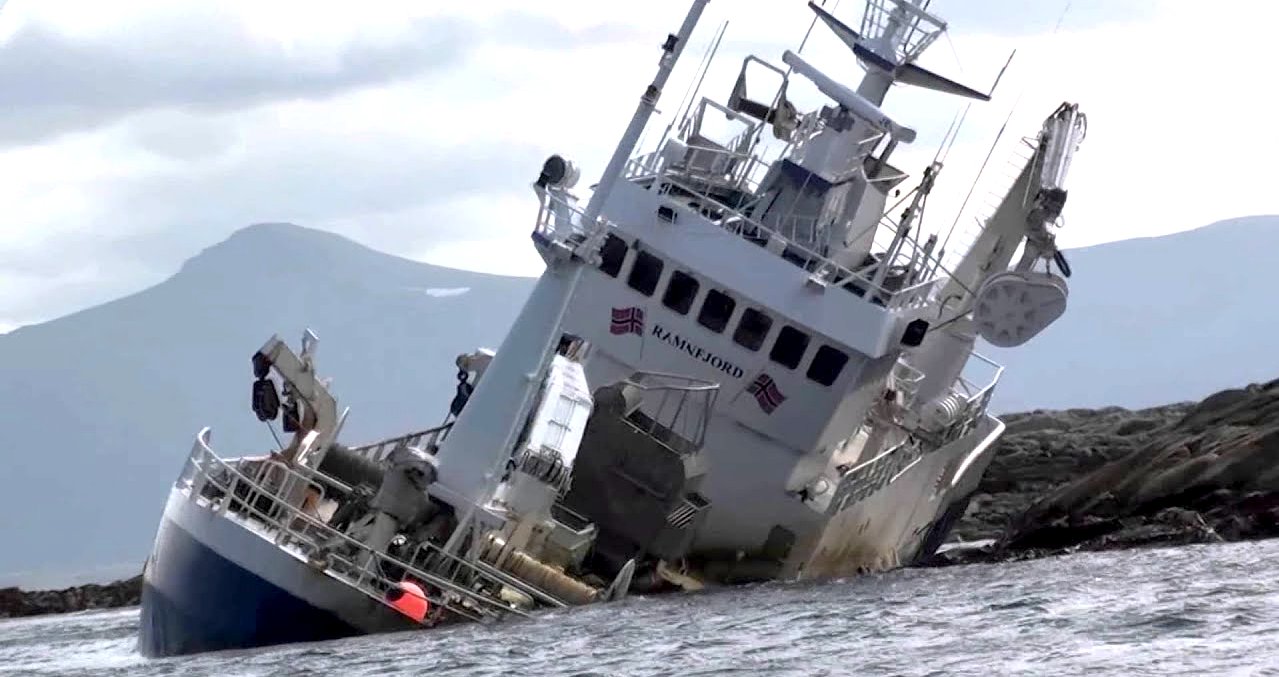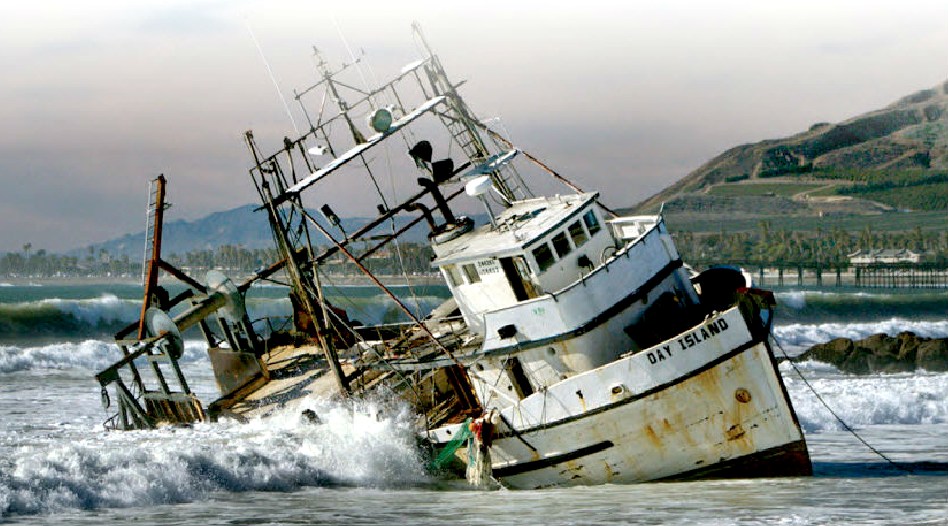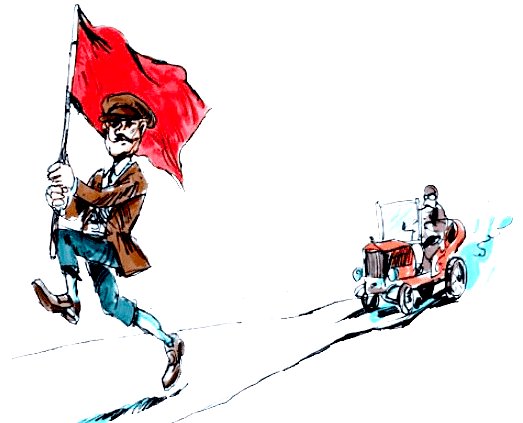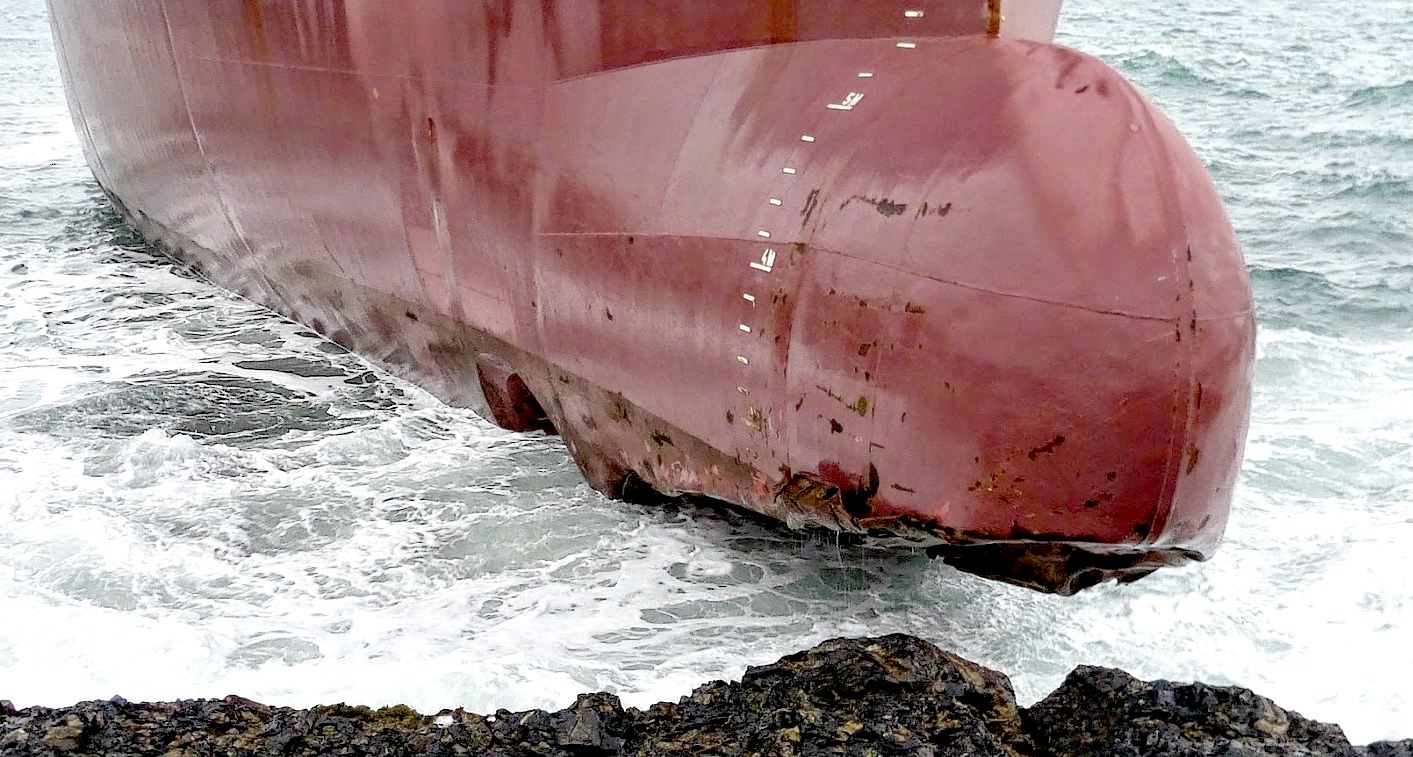|
ANNEX IV - DISTRESS SIGNALS IN NEED OF ASSISTANCE
Please use our A-Z INDEX to navigate this site or return HOME
|
|
COLREGS
- The Rules are divided into five parts A-E - General Rules (A), Steering and Sailing (B), Lights and Shapes (C), Sound and Light (D) and Exemptions (E).
ANNEX
IV - Distress signals
(a) a gun or other explosive signal fired at intervals of about a minute;
2. The use or exhibition of any of the foregoing signals except for the purpose of indicating distress and need of assistance and the use of other signals which may be confused with any of the above signals is prohibited.
3. Attention is drawn to the relevant sections of the International Code of Signals, the Merchant Ship Search and Rescue Manual and the following signals:
(a) a piece of orange-coloured canvas with either a black square and circle or other appropriate symbol (for identification from the air);
(b) a dye marker.
Part A - General (Rules 1-3) & Part B- Steering and Sailing Section 1 - Conduct of vessels in any condition of visibility (Rules 4-10)
Rule 1 states that the rules apply to all vessels
on the high seas and connected waters.
Rule 7
risk assumptions shall not be made on scanty (radar) information.
Part C - LIGHTS & SHAPES (Rules 20-31)
Part D - SOUND AND LIGHT SIGNALS - DEFINITIONS (Rules 32-37)
Part E - EXEMPTIONS - Rule 38
Part F - Convention compliance verification provisions Rules 39 - 41
Annex I - Positioning and technical details of lights and shapes
Annex II - Additional signals for fishing vessels fishing in close proximity
International Maritime Organization (IMO) 4 Albert Embankment, London SE1 7SR United Kingdom
LINKS & REFERENCE
http://www.solarnavigator.net/boats/collision_at_sea_regulations_colregs.htm http://www.solarnavigator.net/boats/collision_at_sea_regulations_colregs.htm https://www.bluebird-electric.net/COLREGS_International_Regulations_for_Preventing_Collisions_at_Sea_1972.htm
|
|
|
Please use our A-Z INDEX to navigate this site
This website is Copyright © 2020 Jameson Hunter Ltd
|




